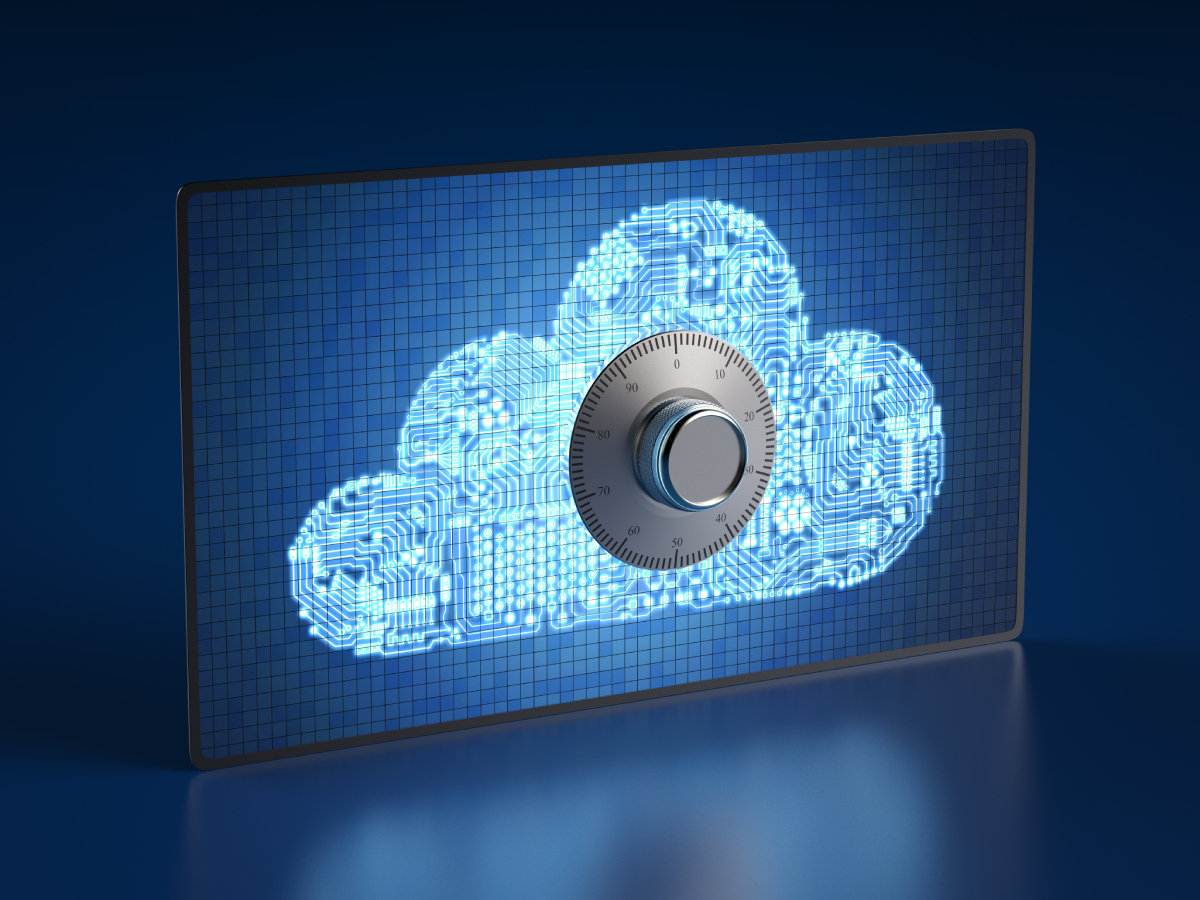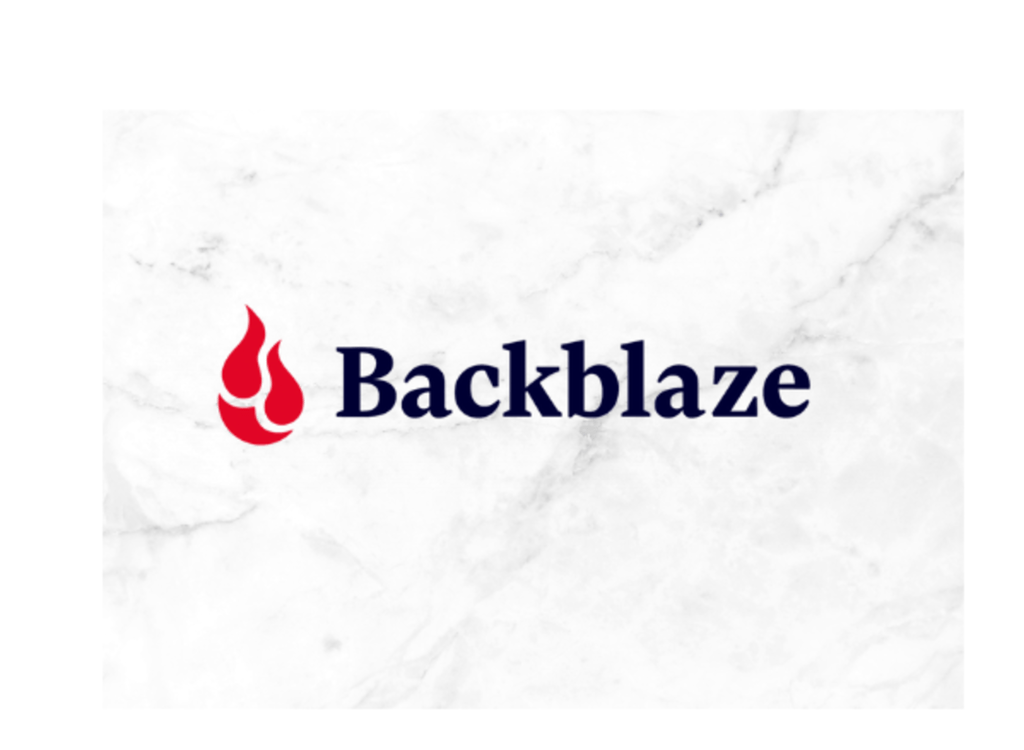
Climb Global Solutions reports 73% YoY sales growth in Q2 2025; CEO Dale Foster shares insights on scaling, ERP gains, marketplace focus, and vendor strategy.

Tech4Change names new board, aims to expand grassroots fundraising; leaders from Titan Cloud, Informa Connect, and more join 2025–2027 council.

GTIA's first ChannelCon spotlights IT channel growth with new grants, MSP resources, and diversity programs empowering the next-gen tech workforce.

GTDC CEO Frank Vitagliano shares insights on vendor onboarding, distribution's evolving role, and platforms shaping the IT channel’s future.

Zebra opens new ANZ HQ and expanded Experience Centre in Melbourne to meet rising demand, boost partner support, and showcase tech innovations.

SolarWinds report shows why IT leaders need to take action on processes and prioritize people improvements over new tools to address resilience gaps.

Sherweb launches CyberMSP Community, offering MSPs tools, guidance, and scalable programs to deliver customized, real-time cybersecurity.

Arctic Wolf’s 2025 outlook shows MSP opportunities as insurers tackle ransomware threats and emerging AI risks through expanded security partnerships.

Brivo and Envoy partner to unify access control & visitor management, delivering scalable, compliant, and secure workplace experiences.

MetTel secures a $54M contract to modernize 15,000 VA phone lines across 1,875 locations using its POTS Transformation solution, enhancing reliability and performance.

Galactic Advisors patents a user-activated, credential-free pen testing tool, boosting MSP security with risk-free, forensic-grade assessments.

Flashpoint’s 2025 Midyear Index reveals an 800% rise in info-stealing malware and significant surges in ransomware, vulnerabilities, and breaches.

Concentric AI adds Wiz, Salesforce, and GitHub integrations to boost Semantic Intelligence platform’s AI-driven data governance and security capabilities.

GitHub CEO Thomas Dohmke to step down in 2025 as Microsoft moves platform into CoreAI, deepening its role in the company’s AI development strategy.

Rubrik’s Agent Rewind gives enterprises observability, audit trails, and safe rollback to fix mistakes from powerful AI agents.

Dell, NVIDIA & Elastic boost AI lifecycle with Dell AI Data Platform updates, enhancing unstructured data processing and GenAI deployment.

AI is reshaping the IT channel. At ChannelCon, we asked execs for their insights on how MSPs can adapt business models and thrive in the AI-driven market.

Stibo Systems unveils AI-driven MDM tools to reduce manual work, boost data accuracy, and accelerate operations for global enterprises and partners.

Storage Guardian cut its data center footprint by 80% with StorONE. CEO Omry Farajun explains how efficiency and flexibility drive modern MSP success.

GTT survey shows rising private cloud demand driven by security, compliance, and AI needs, offering partners new opportunities to guide migration.

Nerdio’s MSPs navigate device refreshes, tariffs, and virtualization, advising clients through uncertainty with Azure Virtual Desktop and Windows 365.

DartPoints secures $250M investment to scale data center growth, expand infrastructure, and boost digital services across Tier 2 and Tier 3 markets.





- Channel Business Related TopicsLink to Climb’s Dale Foster on Q2 Strength, Marketplaces & More
 Climb’s Dale Foster on Q2 Strength, Marketplaces & More
Climb’s Dale Foster on Q2 Strength, Marketplaces & MoreClimb Global Solutions reports 73% YoY sales growth in Q2 2025; CEO Dale Foster shares insights on scaling, ERP gains, marketplace focus, and vendor strategy.
Link to Tech4Change: New Leadership for Channel-Driven Nonprofit Tech4Change: New Leadership for Channel-Driven Nonprofit
Tech4Change: New Leadership for Channel-Driven NonprofitTech4Change names new board, aims to expand grassroots fundraising; leaders from Titan Cloud, Informa Connect, and more join 2025–2027 council.
Link to GTIA Centers Channel’s Future Around Community GTIA Centers Channel’s Future Around Community
GTIA Centers Channel’s Future Around CommunityGTIA's first ChannelCon spotlights IT channel growth with new grants, MSP resources, and diversity programs empowering the next-gen tech workforce.
Link to Frank Vitagliano on GTDC Research & Future of Platforms Frank Vitagliano on GTDC Research & Future of Platforms
Frank Vitagliano on GTDC Research & Future of PlatformsGTDC CEO Frank Vitagliano shares insights on vendor onboarding, distribution's evolving role, and platforms shaping the IT channel’s future.
Link to Zebra Technologies Eyes A/NZ Growth With New HQ Zebra Technologies Eyes A/NZ Growth With New HQ
Zebra Technologies Eyes A/NZ Growth With New HQZebra opens new ANZ HQ and expanded Experience Centre in Melbourne to meet rising demand, boost partner support, and showcase tech innovations.
Link to SolarWinds: Perception Gaps Found in Operational Resilience SolarWinds: Perception Gaps Found in Operational Resilience
SolarWinds: Perception Gaps Found in Operational ResilienceSolarWinds report shows why IT leaders need to take action on processes and prioritize people improvements over new tools to address resilience gaps.
- Security Link to Sherweb Expanding Portfolio Offerings With Expert Guidance
 Sherweb Expanding Portfolio Offerings With Expert Guidance
Sherweb Expanding Portfolio Offerings With Expert GuidanceSherweb launches CyberMSP Community, offering MSPs tools, guidance, and scalable programs to deliver customized, real-time cybersecurity.
Link to Arctic Wolf Research: Cyber Insurance Driving Security Needs Arctic Wolf Research: Cyber Insurance Driving Security Needs
Arctic Wolf Research: Cyber Insurance Driving Security NeedsArctic Wolf’s 2025 outlook shows MSP opportunities as insurers tackle ransomware threats and emerging AI risks through expanded security partnerships.
Link to Brivo Launching New Solution to Boost Security Suite Brivo Launching New Solution to Boost Security Suite
Brivo Launching New Solution to Boost Security SuiteBrivo and Envoy partner to unify access control & visitor management, delivering scalable, compliant, and secure workplace experiences.
Link to MetTel to Modernize Communication Lines for VA MetTel to Modernize Communication Lines for VA
MetTel to Modernize Communication Lines for VAMetTel secures a $54M contract to modernize 15,000 VA phone lines across 1,875 locations using its POTS Transformation solution, enhancing reliability and performance.
Link to Galactic Advisors Wins Credential-Free Assessment Patent Galactic Advisors Wins Credential-Free Assessment Patent
Galactic Advisors Wins Credential-Free Assessment PatentGalactic Advisors patents a user-activated, credential-free pen testing tool, boosting MSP security with risk-free, forensic-grade assessments.
Link to Flashpoint Mid-Year Report: Cyber Threats are Escalating Flashpoint Mid-Year Report: Cyber Threats are Escalating
Flashpoint Mid-Year Report: Cyber Threats are EscalatingFlashpoint’s 2025 Midyear Index reveals an 800% rise in info-stealing malware and significant surges in ransomware, vulnerabilities, and breaches.
- AI Related TopicsLink to Concentric AI Adds Integrations to Data Governance Platform
 Concentric AI Adds Integrations to Data Governance Platform
Concentric AI Adds Integrations to Data Governance PlatformConcentric AI adds Wiz, Salesforce, and GitHub integrations to boost Semantic Intelligence platform’s AI-driven data governance and security capabilities.
Link to GitHub CEO Steps Down as Microsoft Tightens AI Integration GitHub CEO Steps Down as Microsoft Tightens AI Integration
GitHub CEO Steps Down as Microsoft Tightens AI IntegrationGitHub CEO Thomas Dohmke to step down in 2025 as Microsoft moves platform into CoreAI, deepening its role in the company’s AI development strategy.
Link to Rubrik Debuts Agent Rewind, Addresses Agentic AI Errors Rubrik Debuts Agent Rewind, Addresses Agentic AI Errors
Rubrik Debuts Agent Rewind, Addresses Agentic AI ErrorsRubrik’s Agent Rewind gives enterprises observability, audit trails, and safe rollback to fix mistakes from powerful AI agents.
Link to Dell Adds to AI Data Platform With Elastic & NVIDIA Dell Adds to AI Data Platform With Elastic & NVIDIA
Dell Adds to AI Data Platform With Elastic & NVIDIADell, NVIDIA & Elastic boost AI lifecycle with Dell AI Data Platform updates, enhancing unstructured data processing and GenAI deployment.
Link to AI: What Orgs Want & How the Channel Can Deliver Outcomes AI: What Orgs Want & How the Channel Can Deliver Outcomes
AI: What Orgs Want & How the Channel Can Deliver OutcomesAI is reshaping the IT channel. At ChannelCon, we asked execs for their insights on how MSPs can adapt business models and thrive in the AI-driven market.
Link to Stibo Systems Launches New AI Capabilities Across Portfolio Stibo Systems Launches New AI Capabilities Across Portfolio
Stibo Systems Launches New AI Capabilities Across PortfolioStibo Systems unveils AI-driven MDM tools to reduce manual work, boost data accuracy, and accelerate operations for global enterprises and partners.
- Infrastructure Related TopicsLink to Storage Guardian Exec on Infrastructure Builds With StorONE
 Storage Guardian Exec on Infrastructure Builds With StorONE
Storage Guardian Exec on Infrastructure Builds With StorONEStorage Guardian cut its data center footprint by 80% with StorONE. CEO Omry Farajun explains how efficiency and flexibility drive modern MSP success.
Link to GTT Research Highlights Private Cloud Demand Resurgence GTT Research Highlights Private Cloud Demand Resurgence
GTT Research Highlights Private Cloud Demand ResurgenceGTT survey shows rising private cloud demand driven by security, compliance, and AI needs, offering partners new opportunities to guide migration.
Link to Nerdio’s Will Omnisky on AVD & Windows 365 Opportunity Nerdio’s Will Omnisky on AVD & Windows 365 Opportunity
Nerdio’s Will Omnisky on AVD & Windows 365 OpportunityNerdio’s MSPs navigate device refreshes, tariffs, and virtualization, advising clients through uncertainty with Azure Virtual Desktop and Windows 365.
Link to DartPoints Secures $250M to Expand Data Center Reach DartPoints Secures $250M to Expand Data Center Reach
DartPoints Secures $250M to Expand Data Center ReachDartPoints secures $250M investment to scale data center growth, expand infrastructure, and boost digital services across Tier 2 and Tier 3 markets.
-
- Lists & Awards Top ArticlesLink to AI 50 List
 AI 50 ListChannel Insider's editorial team spotlights the top AI leaders from MSPs, vendors, and channel businesses delivering measurable outcomes.Link to CML 100 Honorees
AI 50 ListChannel Insider's editorial team spotlights the top AI leaders from MSPs, vendors, and channel businesses delivering measurable outcomes.Link to CML 100 Honorees CML 100 HonoreesCheck out our CML 100 List to discover the top channel marketing individuals who are transforming channel marketing for their organizations.Link to HSP 250 List
CML 100 HonoreesCheck out our CML 100 List to discover the top channel marketing individuals who are transforming channel marketing for their organizations.Link to HSP 250 List HSP 250 ListView our HSP250 list to see the top Hybrid Solution Providers that have proactively embraced the future of tech.Link to The 2024 Channel Insider VIP List
HSP 250 ListView our HSP250 list to see the top Hybrid Solution Providers that have proactively embraced the future of tech.Link to The 2024 Channel Insider VIP List The 2024 Channel Insider VIP ListChannel Insider sought nominations from IT vendors, solution providers, and partners to highlight impactful collaborations. Check out our top choices here.
The 2024 Channel Insider VIP ListChannel Insider sought nominations from IT vendors, solution providers, and partners to highlight impactful collaborations. Check out our top choices here. - About About



